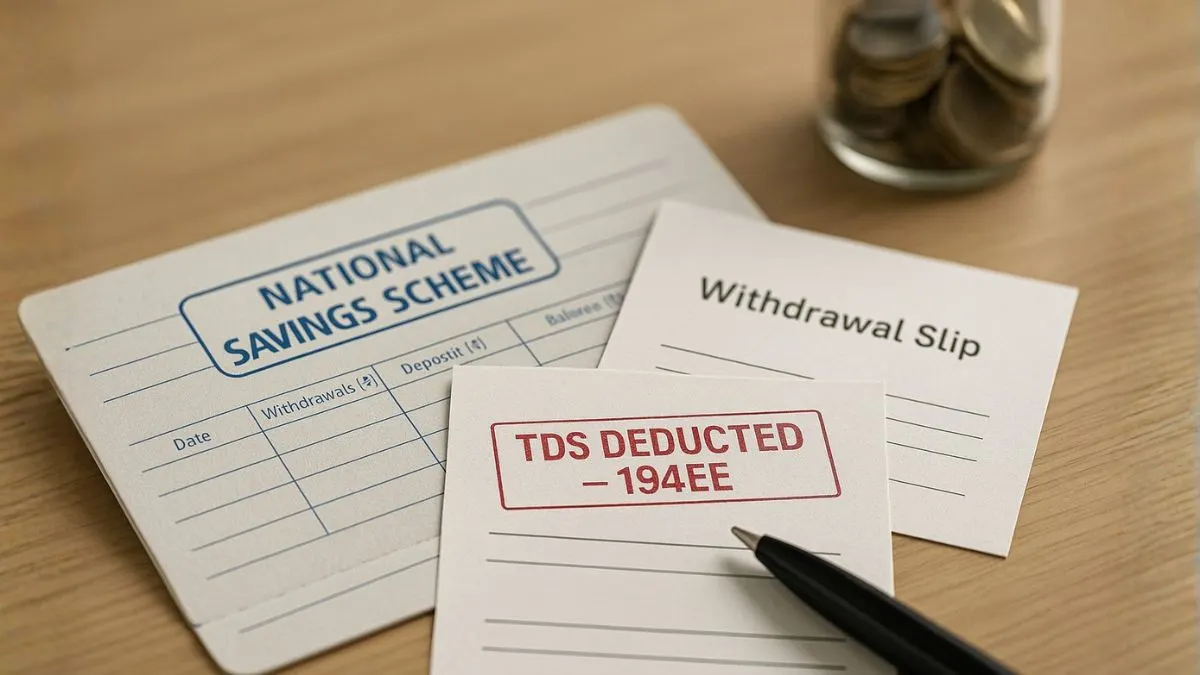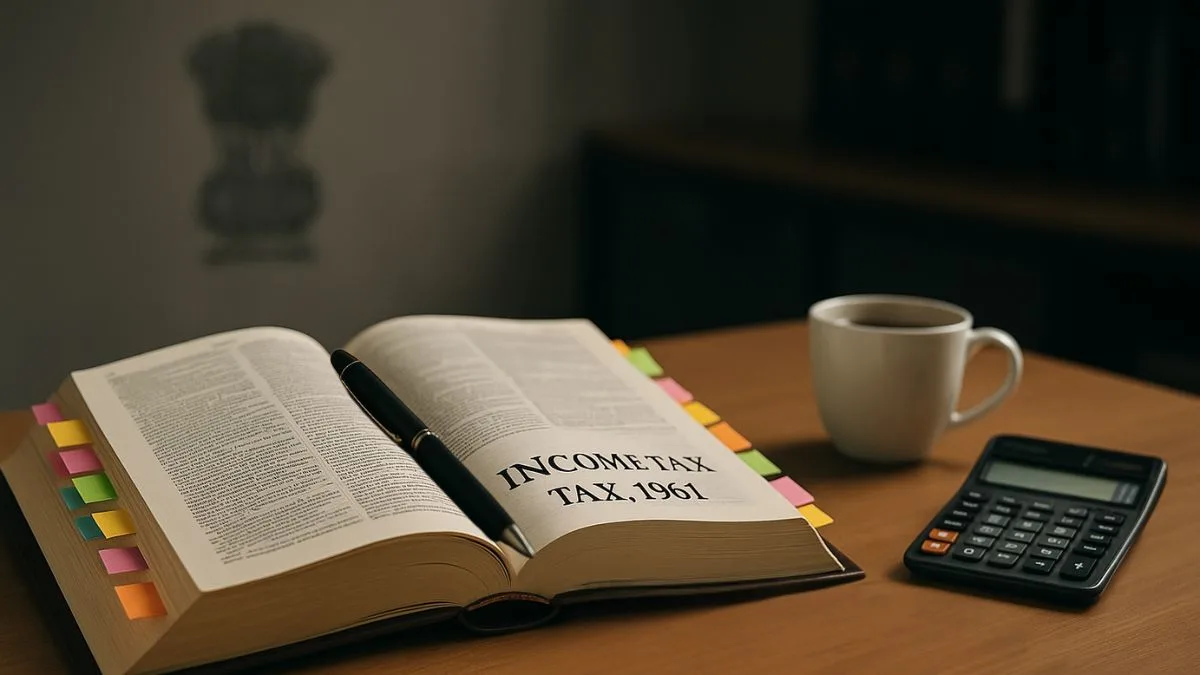
Rental income forms a major portion of taxable earnings in India, especially for those with multiple properties. However, landlords often face situations where tenants fail to pay rent on time or disputes delay collections. This creates complexities in taxation since deductions are allowed for unrealised rent, but what happens when that money is received later?
To address this, Section 25A of Income Tax Act was introduced. It provides a special provision for arrears of rent and unrealised rent, ensuring that tax treatment is uniform and landlords get a fair structure for such income. Let’s explore its meaning, scope, benefits, and practical application.
What is Section 25A of Income Tax Act?
Section 25A of the Act clearly states that when a landlord receives unrealised rent that was previously allowed as deduction or receives arrears of rent later, such income will be taxed under the head Income from House Property in the year of receipt.
This rule applies even if the landlord is not the current owner of the property at the time of receiving the rent. To balance fairness, the law also provides a flat deduction of thirty percent on such income, ensuring landlords are not taxed on the entire amount.
Why Section 25A Matters?
- Clarity in Taxation – Without this section, there would be confusion on how to treat arrears & unrealised rent."
- Fair Deduction – The flat deduction of thirty percent provides relief since landlords incur expenses in maintaining property.
- Consistency – Even if property ownership changes, rent realised later is taxed consistently.
- Relief for Multiple Sources – It provides relief to individuals who earn income from multiple sources, ensuring that rental inflows don’t create double taxation or disputes.
Special Provision for Unrealised Rent
Landlords often claim deductions for unrealised rent when tenants default. But if such rent is recovered later—through legal action, settlements, or tenant payments—Section 25A ensures it becomes taxable in the year it is received.
For example, if Mr. Kumar claimed a deduction for unrealised rent in FY 2022–23 but managed to recover ₹2 lakh in FY 2024–25, this amount will be taxed in FY 2024–25, even if he no longer owns the property.
Also Read: How ‘Actual Rent Received’ Affects Your Taxable Income
Special Provision for Arrears of Rent
Arrears of rent refer to past rent amounts received late. For instance, a tenant may pay dues for FY 2021–22 in FY 2024–25. Under Section 25A, this will be added to the landlord’s Income from House Property in FY 2024–25, with the benefit of a flat deduction of thirty percent.
This simplifies taxation by ensuring arrears are taxed uniformly rather than reopening old assessment years.
Flat Deduction of Thirty Percent
One of the most taxpayer-friendly provisions in Section 25A of Income Tax Act is the flat deduction of 30% on arrears or unrealised rent received subsequently. Unlike other heads of income, where taxpayers must justify actual expenses, here the law gives an automatic relief.
This ensures:
- No long documentation or proof of expenses."
- Standardized tax treatment for all taxpayers.
- Fairness, since landlords often spend on legal costs or repairs to recover old dues.
Amounts Not Deductible from Income from House Property
While Section 25A gives relief, it also sets boundaries. It mentions amounts not deductible from income from house property to prevent misuse. For example:
- Personal expenses related to litigation.
- Penalty or damages collected separately.
- Expenses unrelated to earning or recovering the rent.
This ensures only genuine rental income benefits from the 30% deduction.
Also Read: Maximize Your Home Loan Tax Benefits
Section 25A vs Other Rental Provisions
- Section 24(b): Allows deduction on interest paid on housing loan.
- Section 23: Deals with annual value of property.
- Section 25A: Specifically focuses on arrears of rent & unrealised rent.
Together, these sections create a holistic tax framework for property owners."
Practical Example
Imagine Mrs. Mehra, who rented out her flat in Delhi. Her tenant defaulted in 2021, and she claimed deduction for unrealised rent that year. After a court case, she recovered ₹4 lakh in 2024. Under Section 25A, this ₹4 lakh will be taxed in 2024–25, but she will enjoy a flat 30% deduction, meaning only ₹2.8 lakh will be taxed.
This is a clear example of how the law balances tax compliance with fairness.
Key Takeaways
- Section 25A of Income Tax Act provides a special provision for arrears of rent & unrealised rent received subsequently.
- A flat deduction of thirty percent is automatically available.
- The rule applies even if the property is no longer owned by the taxpayer.
- It provides relief to individuals who earn income from multiple sources by standardizing tax treatment.
- Certain amounts are not deductible from income from house property, ensuring fairness.
Also Read: Home Loan Interest Deduction
Conclusion
Rental income taxation can often be messy, especially when tenants delay payments or landlords recover dues after years. By introducing Section 25A, lawmakers simplified this process. The section makes it clear that arrears of rent and unrealised rent are taxable in the year of receipt, with a fair flat 30% deduction to ease the burden.
For landlords, this means fewer disputes with tax authorities and more clarity in financial planning. For the government, it ensures consistency & fairness in tax collection.
✅ Want to maximize your rental income tax benefits or file your ITR correctly? Visit Callmyca.com for expert help that makes tax compliance simple and stress-free.











